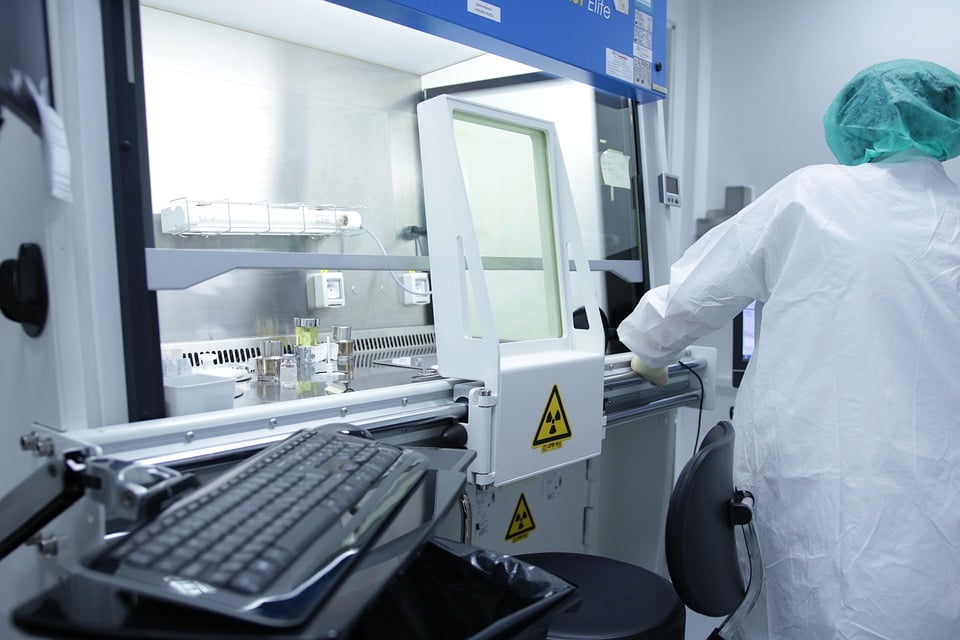
Reston, VA (September 26, 2025) — The Journal of Nuclear Medicine (JNM), a leading publication by the Society of Nuclear Medicine and Molecular Imaging, has released a new batch of ahead-of-print research articles. These studies highlight significant advancements in nuclear medicine, molecular imaging, and theranostics, which aim to tailor diagnosis and treatment to individual patients for optimal outcomes.
The latest research includes promising developments in prostate cancer treatment, brain imaging, liver cancer detection, and more. Below, we delve into the key findings and their potential impact on the field.
Innovative Therapies in Prostate and Thyroid Cancer
PSMA-Targeted Therapy for Prostate Cancer
Among the groundbreaking studies, researchers have tested a novel therapy, ADVC001, which utilizes 212Pb to deliver targeted alpha radiation. This therapy demonstrated strong tumor binding and specific cancer cell killing in laboratory and animal studies. Moreover, it showed rapid clearance from healthy tissues and improved survival rates compared to standard PSMA therapies, marking a significant step forward in advanced prostate cancer treatment.
Alpha Therapy for Thyroid Cancer
In a first-in-human trial, researchers evaluated 211At-NaAt, an alpha-emitting therapy, for patients with advanced thyroid cancer resistant to radioactive iodine. The dose-escalation study revealed that the treatment was generally well tolerated, with some blood-related toxicities at higher doses. Early signs of tumor response and disease stabilization suggest this therapy’s potential for targeted treatment.
Technological Breakthroughs in Imaging
Ultra-High-Resolution PET Scanning
Scientists have developed a new PET scanner capable of capturing brain images at nearly 2-µL resolution. In patient studies, this ultra-high-resolution system distinguished small, previously hard-to-see regions such as the subthalamic areas and brainstem nuclei. This advancement offers sharper insights into brain function and disease, surpassing the capabilities of standard PET/CT.
New PET Tracer for Liver Cancer
A novel PET tracer, 68Ga-RAYZ-8009, was tested in patients with suspected or confirmed liver cancer. The imaging showed clear whole-body distribution, with kidneys receiving the highest radiation dose. The tracer demonstrated selective targeting of glypican 3 and favorable safety, supporting its potential for improved liver cancer detection.
Combining and Comparing Treatment Methods
Combining Radiation Therapies in Prostate Cancer
A real-world study examined patients receiving both external beam radiotherapy (EBRT) and LuPSMA for metastatic castration-resistant prostate cancer. The findings indicated that while most EBRT was palliative, side effects were comparable to LuPSMA alone. However, thrombocytopenia was more common when EBRT was administered within three months of LuPSMA. Survival outcomes were similar, suggesting a potential benefit in combining these therapies.
Preparation Methods for Thyroid Cancer Treatment
A study involving over 900 lesions used PET/CT dosimetry to compare thyroid hormone withdrawal (THW) and recombinant human thyroid-stimulating hormone before radioiodine therapy. Results showed higher absorbed radiation doses in metastatic lesions after THW, while thyroid remnants responded similarly with both methods. This suggests that the choice of preparation method may influence treatment outcomes.
Advancements in Dosimetry and AI Tools
Open-Source Software for Dosimetry
Researchers introduced OpenDose3D, a free software platform for personalized radiation dose calculations in nuclear medicine. Built on 3D Slicer, it supports multiple clinical workflows, calibration, and dose modeling. Testing showed excellent accuracy with reference datasets, making it a valuable tool for research, education, and comparing commercial dosimetry systems.
AI Tool for Prostate Cancer Imaging
Using PSMA PET scans, researchers applied an AI-assisted tracking system (TRAQinform IQ) to monitor tumor changes in patients with advanced prostate cancer receiving radiopharmaceutical therapy. The analysis linked new lesion growth with shorter survival and disappearing lesions with longer survival, highlighting the tool’s potential for early treatment response assessment.
These developments underscore the rapid advancements in nuclear medicine and imaging technologies. As research continues, these innovations hold the promise of significantly improving patient outcomes across various cancer types and other diseases.
For more detailed insights and updates, visit the JNM website and follow their social media channels on Twitter, Facebook, and LinkedIn.






